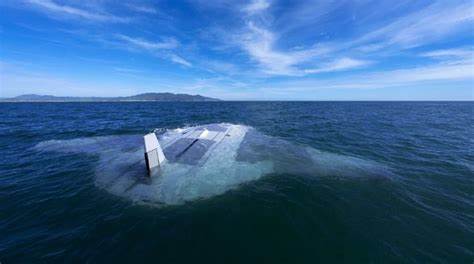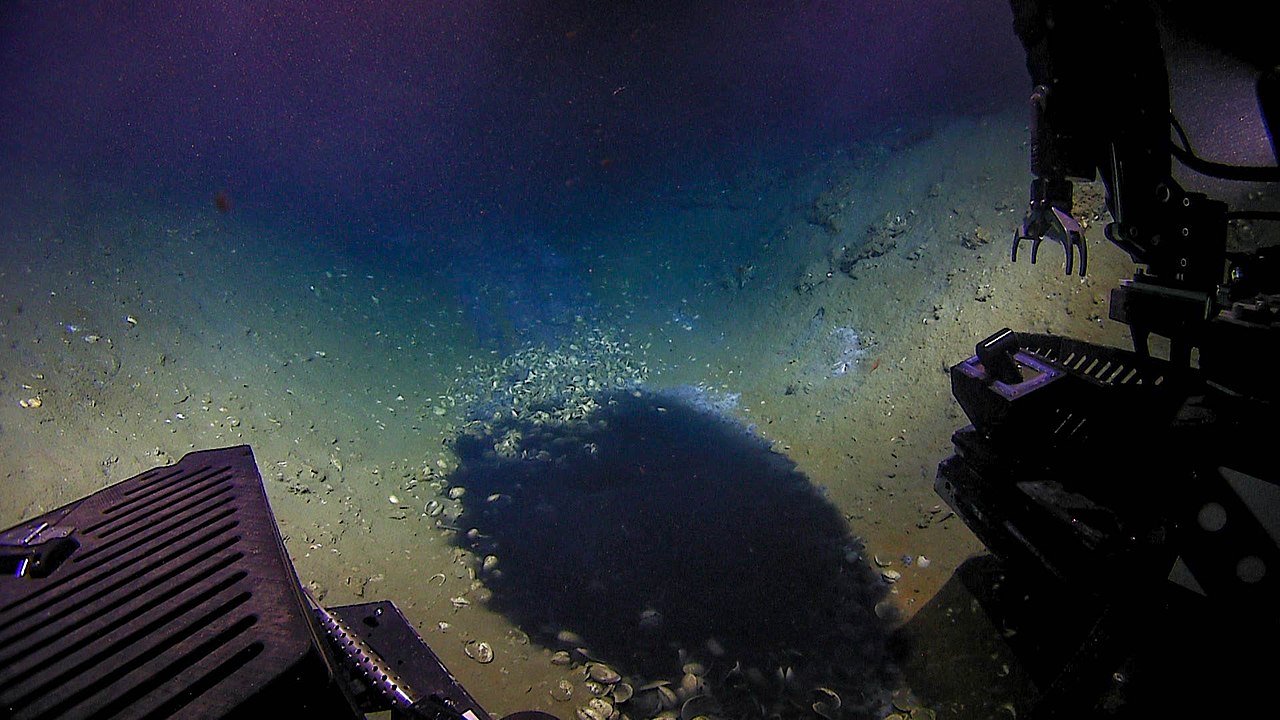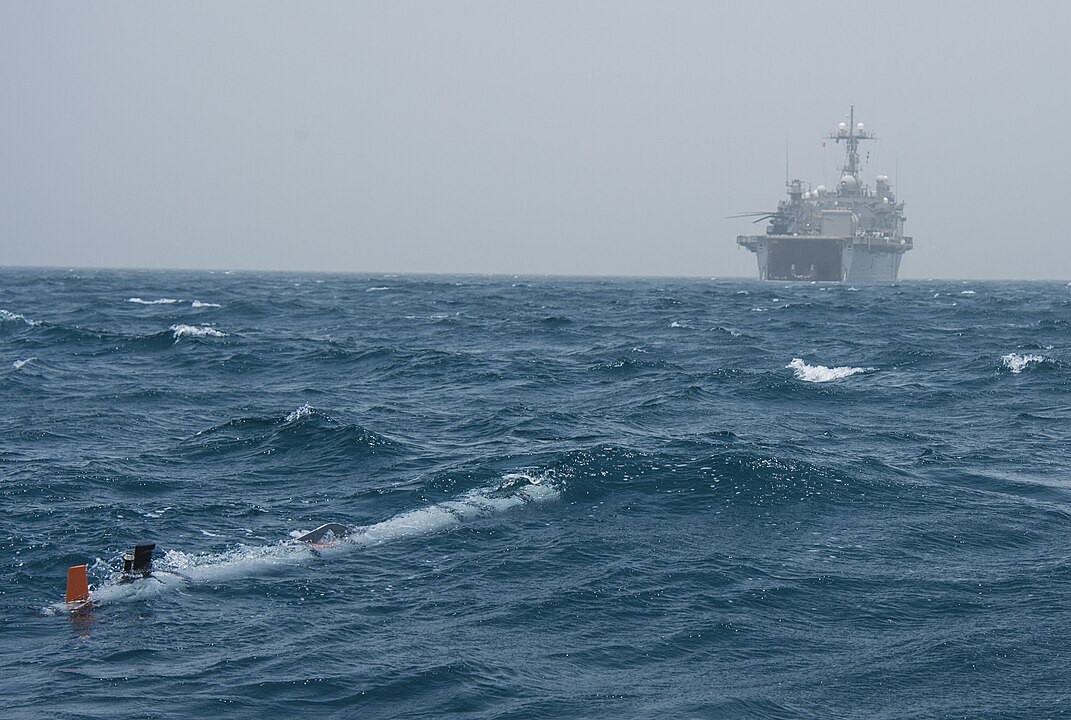
Ghost Shark and Manta Ray may sound like they’ve leaped from the pages of a comic book, yet they’re the vanguards of a profound shift in naval warfare.

Australia and the United States have recently introduced these prototype uncrewed underwater vehicles (UUVs), destined to patrol the Pacific’s depths with a promise of stealth and reduced risk to human life.

The significance of these developments resonates with past combat evolutions, mirroring the aerial drone advancements witnessed in the last few decades.

Since their extensive use by the US in Middle Eastern conflicts, drones have become mainstays in military arsenals, with Ukraine’s application of surface sea drones against the Russian Black Sea Fleet being a recent example.

Yet beneath the surface, controlling these drones poses unique challenges, as conventional radio waves and light that direct their aerial counterparts falter in aquatic environments.

Despite these hurdles, the Australian Defense Ministry has heralded the Ghost Shark as “the most advanced undersea autonomous vehicles in the world,” with capabilities in persistent intelligence, surveillance, reconnaissance (ISR), and strike operations.

The first of these formidable submersibles are slated for delivery by the end of next year, a rapid fruition given the classified project’s initiation merely two years prior.

“Being ahead of schedule, on budget, it’s pretty unheard of,” notes Shane Arnott, Anduril’s senior vice president for engineering.

Australia’s chief defense scientist, Tanya Monro, echoes this sentiment, recognizing the precedent set for capability development at urgent speeds.

While Ghost Shark propels Australia’s defense capabilities forward, across the Pacific, the United States is not far behind. Northrop Grumman’s Manta Ray, boasting modularity and ease of assembly in the field, demonstrates another leap in underwater defense technology.

Kyle Woerner of DARPA articulated the significance of Manta Ray’s flexibility: “The combination of cross-country modular transportation, in-field assembly, and subsequent deployment demonstrates a first-of-kind capability for an extra-large UUV.”

Despite the current lack of a definitive timeline for Manta Ray’s integration into the US fleet, the commitment to these technologies is evident.

China, identified as the US military’s “pacing threat” in the Pacific, is also enhancing its capabilities, with open-source intelligence suggesting that Beijing might be testing its own UUVs akin to the Orca, another U.S. prototype.

The undersea domain is thus becoming an increasingly contested and strategic environment, as nations vie for superiority in intelligence gathering, stealth operations, and power projection—all without putting human crews at risk.

These UUVs, with their promise of endurance and versatility, could potentially reshape naval warfare as we know it.
Relevant articles:
– Australia and US unveil undersea drones Ghost Shark and Manta Ray, CNN
– How advanced undersea drones unveiled in Pacific could change future of warfare, inews.co.uk
– Ghost Shark and Manta Ray: Australia and US unveil undersea drones, AOL.com
– Edge Undersea Drones Unveiled by the US and Australia, Siyatha News – English

